Accepted Scientific Name: Stenocactus multicostatus (Hildm. ex K.Schum.) A.Berger
Kakteen (Berger) 346. 1929 (A.Berger)
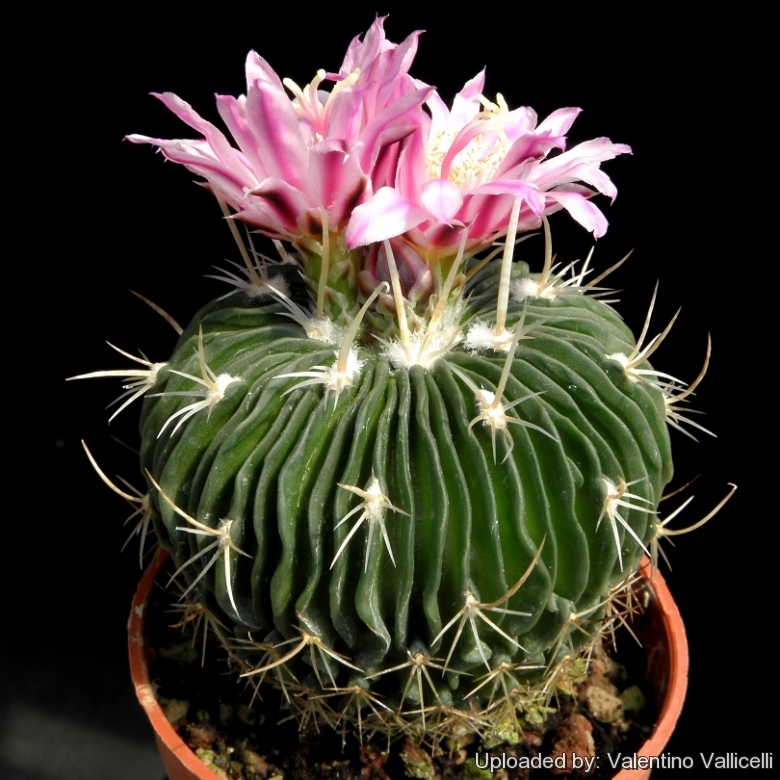
Efossus multicostatus (Stenocactus multicostatus) Photo by: Valentino Vallicelli
SB1147 Los Imagines, Coahuila, Mexico. It is very characteristic with multiple, very tight, thin and wavy ribs. Typically it has about 50 to 100 ribs, but plant whit up to 150 (or more) ribs has been reported.
Origin and Habitat: Mexico (Coahuila, Chihuahua, Durango).
Habitat: This species is native to high, dry, grassy meadowlands, during times of drought it often hides in the rocky soil.
Synonyms:
See all synonyms of Stenocactus multicostatus
Common Names include:
ENGLISH: Wave Cactus, Brain Cactus
SPANISH (Español): Biznaga ondulada de muchas costillas
Description: Stenocactus multicostatusSN|1730]]SN|1730]] more often known as Echinofossulocactus multicostatusSN|1726]]SN|1726]] is a low-growing cactus with a lot of narrow, very acute and straight or wavy ribs, densely pleated together giving a wrinkled look to its near globular shape, with short 6 to 18 soft flattened brownish spines, arranged crosswise, but there is a great variation among plants of different origin both in spination, body shape and number of ribs. Since the various forms are connected by intermediates it is extremely difficult to recognize infraspecific taxa.
Habit: It is simple, but sometimes forms two or more stems.
Stem: 6-15 cm wide and up to 6-12 cm tall, depressed spherical, spherical to short-cylindrical usually many-ribbed, grey-green to deep green with a flat tops .
Ribs: Many as the name implies, typically 50 to 100 (but occasionally up to 150 or more) very tight, thin, acute, wavy, very broad at the areoles.
Areoles: There are only 2 or 3 (-4) areoles in each rib, witch are covered with white felt in young plants
Radial spines: 4-6 to 9 of different lengths.
Central spines: (2-)4, upper one flattened and wide, creamy white to copper-brown, up to 5 cm long, 3-4 mm wide, lateral 2 even wider, angular, spreading, while the lower ones are shorter and point downwards.
Flowers: From the plant crown, about 2,5 cm, wide, with a short tube, white, pinkish purple or violet (or rarely yellowish) with a darker violet to purple midvein in early spring.
Blooming season: Spring and summer.
Subspecies, varieties, forms and cultivars of plants belonging to the Stenocactus multicostatus group-complex
Notes: The plant of this species found in cultivation are quite variable, and the dissimilarity among seedlings spination and ribs shape may be considerable.
Bibliography: Major references and further lectures
1) Edward Anderson “The Cactus family” Timber Press, Incorporated, 2001
2) James Cullen, Sabina G. Knees, H. Suzanne Cubey "The European Garden Flora Flowering Plants: A Manual for the Identification of Plants Cultivated in Europe, Both Out-of-Doors and Under Glass" Cambridge University Press, 11/Aug/2011
3) David R Hunt; Nigel P Taylor; Graham Charles; International Cactaceae Systematics Group. "The New Cactus Lexicon" dh books, 2006Jackie M. Poole, William R. Carr, Dana M. Price, Jason R. Singhurst “Rare plants of Texas: a field guide” Texas A&M University Press, 30/Dec/2007
4) John Borg "Cacti: a gardener's handbook for their identification and cultivation" Blandford P., 1970
5) Nathaniel Lord Britton, Joseph Nelson Rose "Cactaceae: Descriptions and Illustrations of Plants of the Cactus Family" Copertina anteriore Courier Dover Publications, 1963
6) Willy Cullmann "Kakteen: Einführung in die Kakteenkunde und Anleitung zu erfolgreicher Kakteenkultur" E. Ulmer, 1972
7) Philip Perl "Cacti and Succulents" Time-Life, Incorporated, 01/Jun/1978
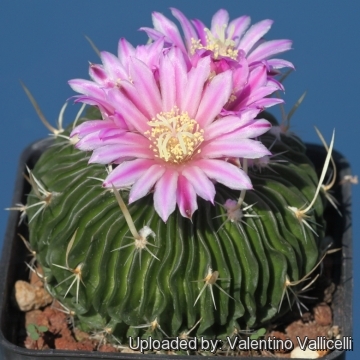 Efossus multicostatus (Stenocactus multicostatus) Photo by: Valentino Vallicelli
Efossus multicostatus (Stenocactus multicostatus) Photo by: Valentino Vallicelli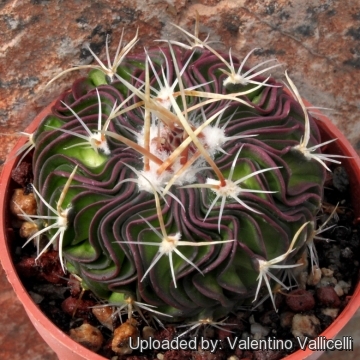 Efossus multicostatus (Stenocactus multicostatus) Photo by: Valentino Vallicelli
Efossus multicostatus (Stenocactus multicostatus) Photo by: Valentino Vallicelli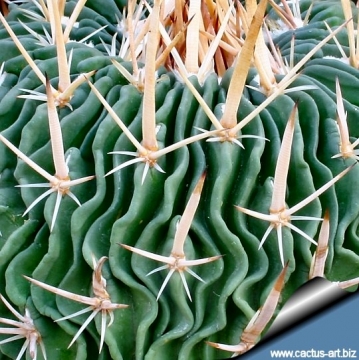 Efossus multicostatus (Stenocactus multicostatus) Photo by: Cactus Art
Efossus multicostatus (Stenocactus multicostatus) Photo by: Cactus Art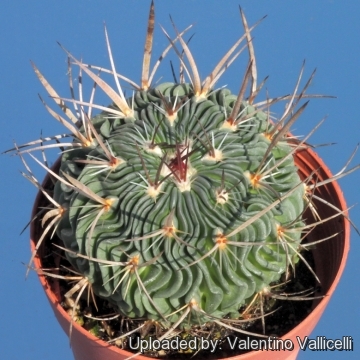 Efossus multicostatus (Stenocactus multicostatus) Photo by: Valentino Vallicelli
Efossus multicostatus (Stenocactus multicostatus) Photo by: Valentino Vallicelli Efossus multicostatus (Stenocactus multicostatus) Photo by: Valentino Vallicelli
Efossus multicostatus (Stenocactus multicostatus) Photo by: Valentino Vallicelli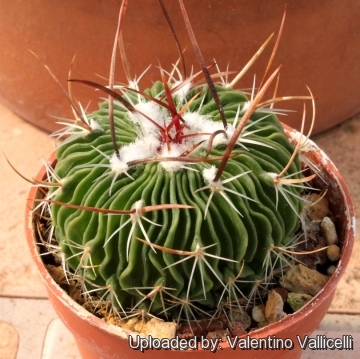 Efossus multicostatus (Stenocactus multicostatus) Photo by: Valentino Vallicelli
Efossus multicostatus (Stenocactus multicostatus) Photo by: Valentino Vallicelli Efossus multicostatus (Stenocactus multicostatus) Photo by: Valentino Vallicelli
Efossus multicostatus (Stenocactus multicostatus) Photo by: Valentino Vallicelli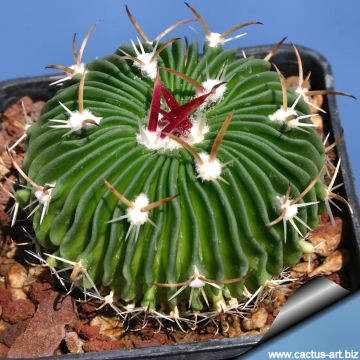 Efossus multicostatus (Stenocactus multicostatus) Photo by: Cactus Art
Efossus multicostatus (Stenocactus multicostatus) Photo by: Cactus ArtCultivation and Propagation: Small growing and easy to to care and flower. Because of it’s small size makes a great potted plant specimen, great for beginning collectors.
Growth rate: It is a slow growing species.
Soil: It grows well in a very draining mineral potting substrate, but it isn't picky about soil.
Repotting: Use pot with good drainage. Eventually, as they become mature, they attain a maximum size of 20 cm. However, old plants become senile and have a tendency to succumb to disease and a weak root system. At this stage, as is well known, they die suddenly. So, after they reach 10 cm in diameter grow them slowly, and adopt a new repotting period, using intervals of every 2 - 3 years. Additionally grow them under drier conditions or with stronger sunlight.
Watering: Water regularly during the summer so long as the plant pot is allowed to drain and not sit in a tray of water (It rots easily, especially if over wet). Let dry between watering. During hot weather you may need to water the plants more frequently so long as the plant is actively growing. From late September watering should be reduced to force the plant to go in to a state of semi dormancy, by October you should be back in to the winter watering regime. If the soil is allowed to be dry for too long root loss could follow but equally the same result would occur if the plants are both wet and cold. From March onwards the plant will begin to grow and watering should be increased gradually until late May when the plant should be in full growth.
Fertilization: Feed with a high potassium fertilizer in summer. Feeding may not be necessary at all if the compost is fresh then, feed in summer only if the plant hasn't been repotted recently. Do not feed the plants from September onwards as this can cause lush growth which can be fatal during the darker cold months.
Hardiness: When dormant, the plant is very cold tolerant (down to nearly -5° C or less), but when left out it is more sensitive to frost. During the summer it is best to keep the plants outside where the temperature can rise to over 30 C with no harm to the plant.
Exposure: They do need a lot of light to develop their typical spination, but different clones vary in their tolerance of full sunshine. However some protection in light shade is recommended during the hottest hours in summer. If kept too dark they may become overly lush and greener and could be prone to rotting due to over watering.
Uses: It is an excellent plant for container growing. It always looks good and stays small. It looks fine in a cold greenhouse and frame.
Rot: Rot it is only a minor problem with cacti if the plants are watered and “aired” correctly. If they are not, fungicides won't help all that much.
Propagation: Seeds (usually), remembering that seedlings dislike strong light and dry conditions and need to be repotted frequently, or by the shoots of adult plants (if available). If you remove an offset, remember to let it dry for some days, letting the wound heal (cuttings planted too soon easily rot before they can grow roots). Lay it on the soil and insert the stem end partially into the substrate. Try to keep the cutting somewhat upright so that the roots are able to grow downward.


















